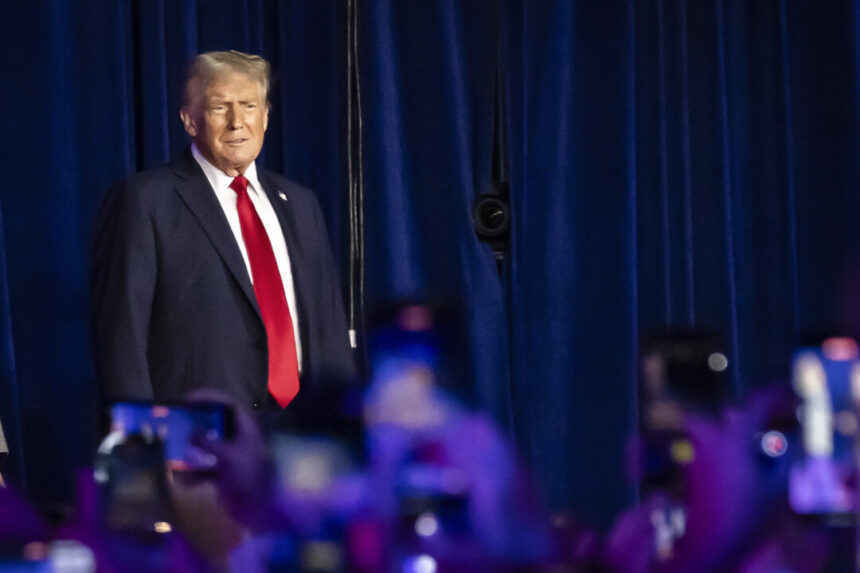During Trump’s first term, the last Republican-owned Washington was seen. President Donald Trump-elect has now secured his title in a landslide victory, becoming the second president in U.S. history to serve two nonconsecutive terms. This victory also points towards a Republican-controlled Washington.
As of Nov. 8, Republicans have gained control of the Senate, and are just 6 seats away from claiming the House, with Republicans currently leading by 211–199. The House of Representatives and the Senate form the Legislative branch, responsible for drafting and passing laws, which the president enforces, and the judiciary branch applies.
A Republican-controlled Washington could mean a more unified approach to key interests and more efficiency in passing laws. However, the concern is that legislation may become one-sided without the necessary checks and balances.
The last time Republicans controlled Washington was during Trump’s previous term from 2017–2019. During this time, major tax reform legislation was achieved, along with significant deregulation to stimulate business growth. Notably, Trump eliminated 22 regulations for every new one created in his first year. His previous term also saw the historic Abraham Accords, normalization agreements between Israel and several Arab nations, earning Trump a Nobel Peace Prize nomination.
Looking ahead to 2025 when Trump takes office again, he plans to focus on ending the illegal immigration crisis by enforcing the Southern border and resolving the war in Ukraine before his inauguration. Campaign allies like Robert F. Kennedy Jr. and Elon Musk are expected to play key roles in the new administration, with initiatives to revolutionize healthcare and address America’s health crisis.
Trump’s focus on boosting domestic energy through oil, coal, and gas production, as well as his interest in tariffs for government funding through foreign goods, sets a different tone from outgoing President Joe Biden’s policies. Trump’s upcoming term is expected to bring significant changes in various areas, marking a contrast to the current administration.
The historical context of presidents winning two nonconsecutive terms, such as Grover Cleveland, further emphasizes the unique situation of Trump’s return to office for a second term.
Source link






